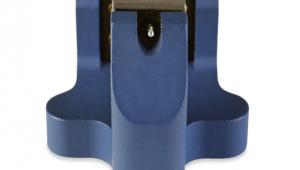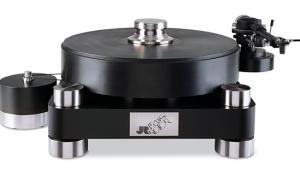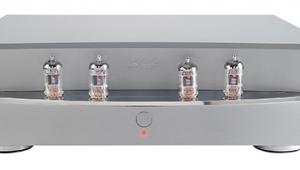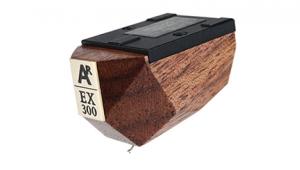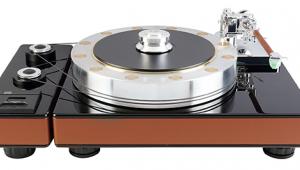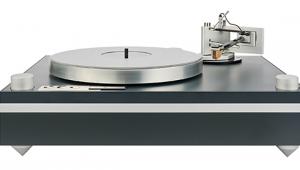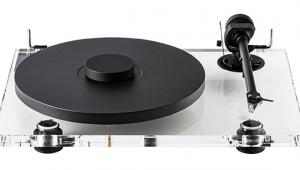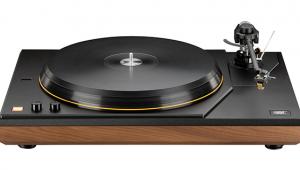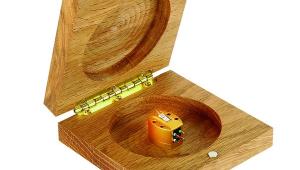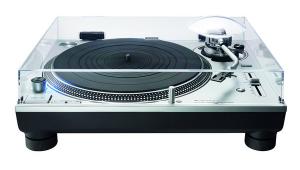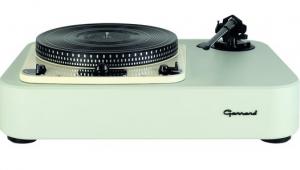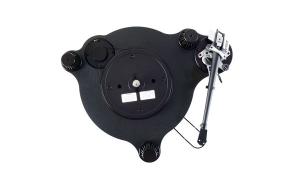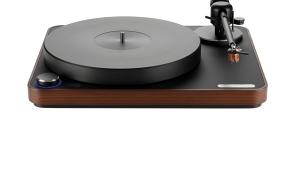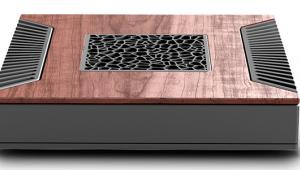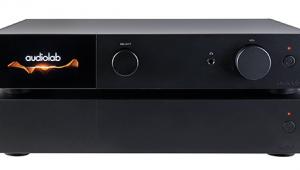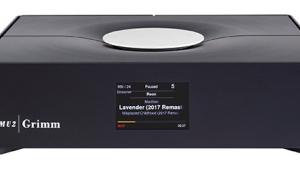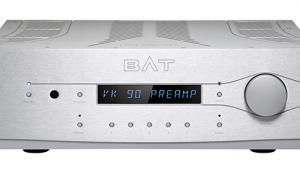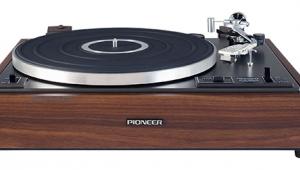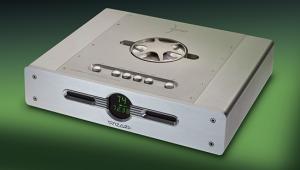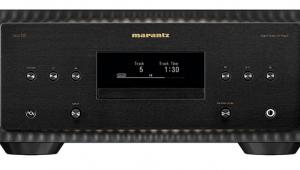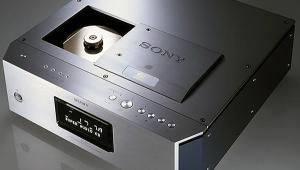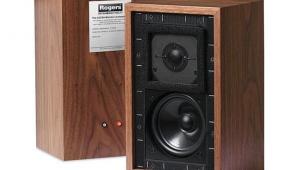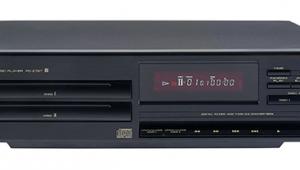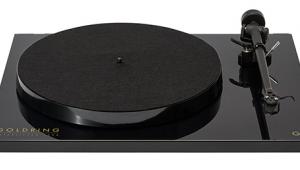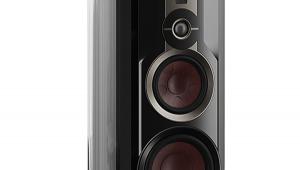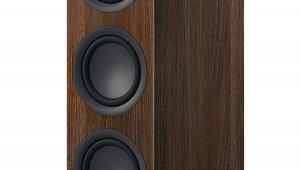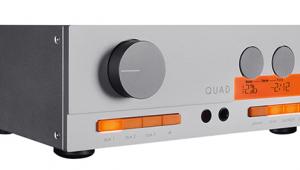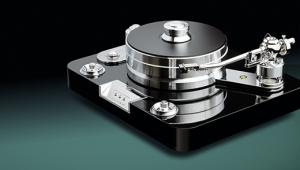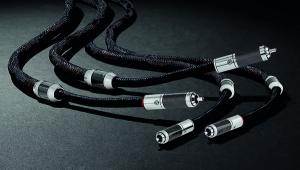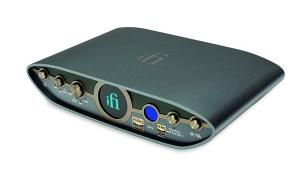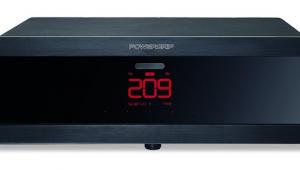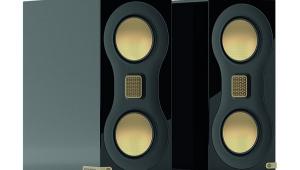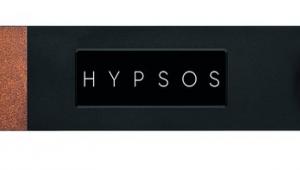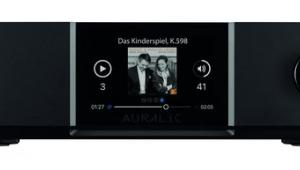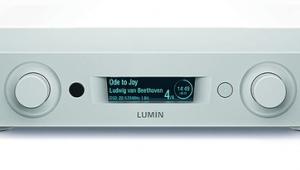Nagaoka MP-500 Cartridge Moving Permalloy
While the vast majority of pick-ups are either MM (moving-magnet) or MC (moving-coil) types, there's also a 'breakaway' group that utilises the MI (moving-iron) principle. The latter was developed by Norman Pickering in the 1940s and refined by Peter Pritchard of ADC (Audio Dynamics Corp) in the 1960s. So the basic blueprint has not really changed... MM pick-ups have a small magnet attached to the rear of the cantilever that moves as the stylus traces the vinyl groove, inducing a voltage in two (left/right channel) fixed coils. In an MI cartridge, the MM's permanent magnet is replaced by a sliver of ferromagnetic metal such as iron or, preferably, a lighter nickel/iron 'permalloy'. In this instance both the coils and magnet are fixed, so as the cantilever moves the small permalloy sliver towards the fixed magnet, it becomes magnetised and induces a voltage in those fixed coils.
In theory, the MI/MP technique offers advantages, including a lower overall moving mass than the stylus, cantilever and magnet or coils of either an MM or MC. Tracking and HF response can be improved by reducing the tip and cantilever mass, but the output of an MI pick-up cannot be increased by beefing up the fixed magnet and coil windings to compensate for reducing the size and weight of the 'moving iron'. In practice the permalloy sliver can quickly become saturated if the magnetic flux density is increased too far – compromising the linearity of the induced magnetism to the detriment of both distortion and response. Too big a magnet may also increase the overall mass, and compatibility, of the cartridge. These are the compromises navigated by Nagaoka. PM
